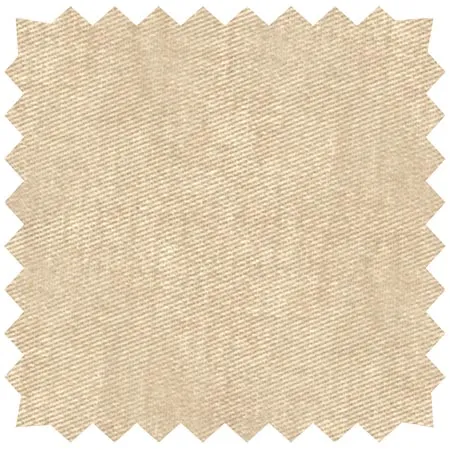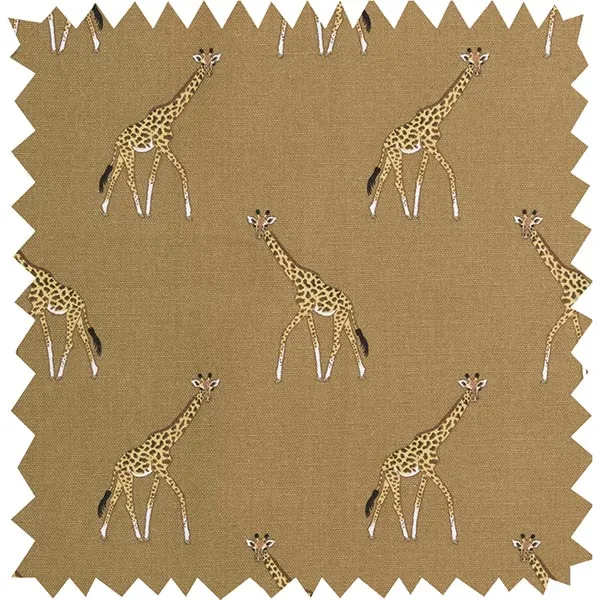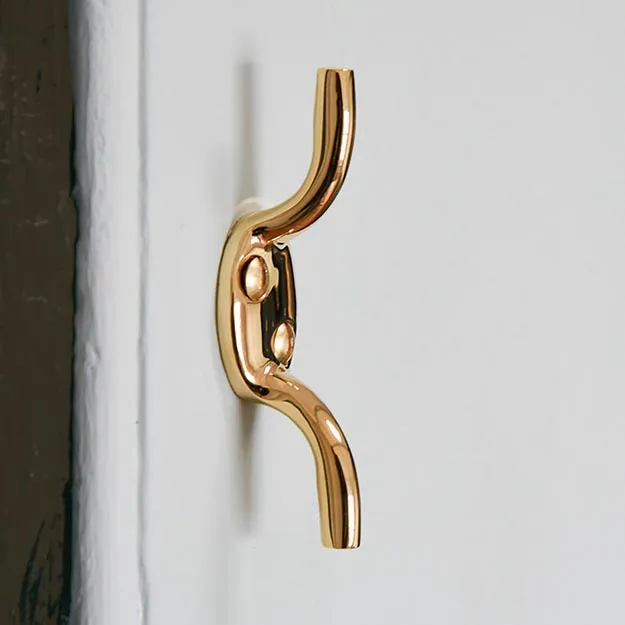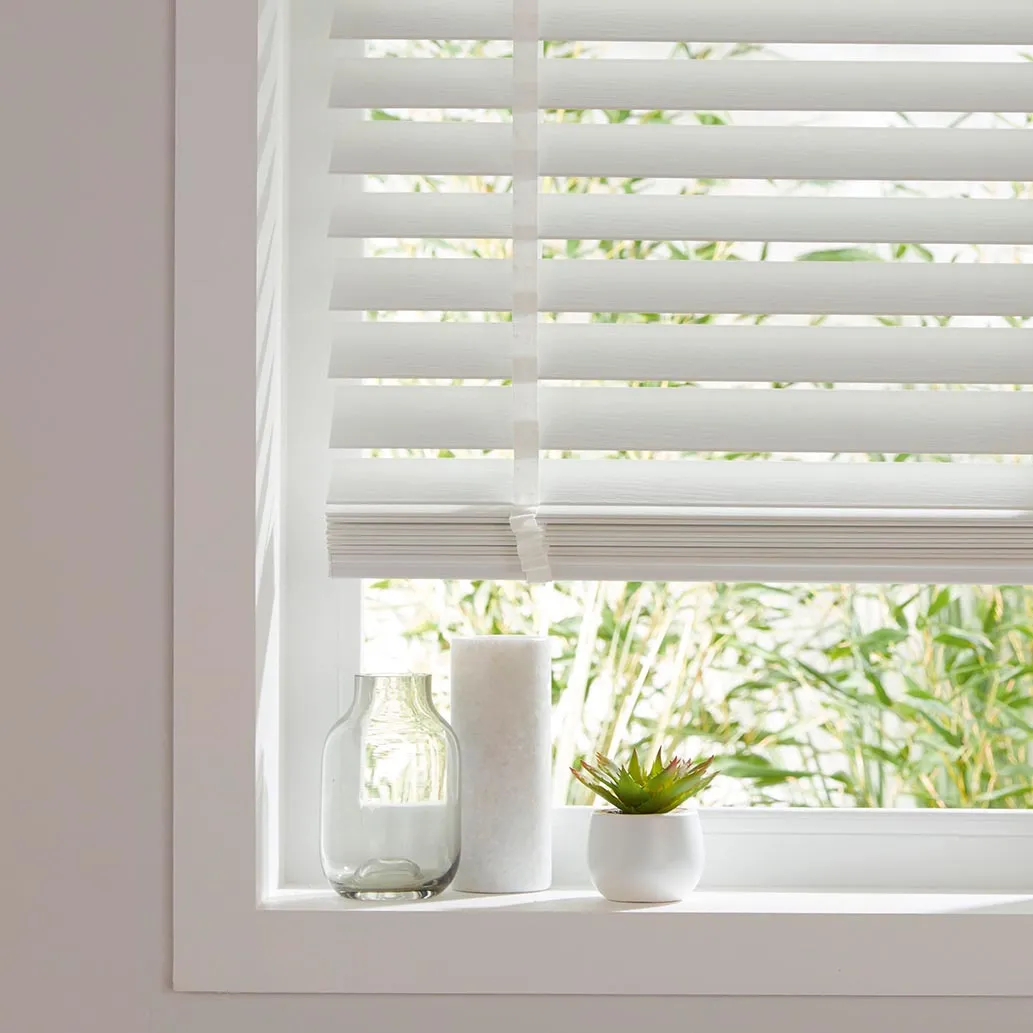When it comes to window dressing, a few simple switches can make a huge impact. Finding the right style for you and your home will help maximise natural light, as well as provide sufficient shade when it’s needed. Whether you’re a fan of curtains, blinds or shutters, here’s our guide to giving your windows a great new look.
Window dressing ideas to get you inspired
Curtain styles
Floor length curtains
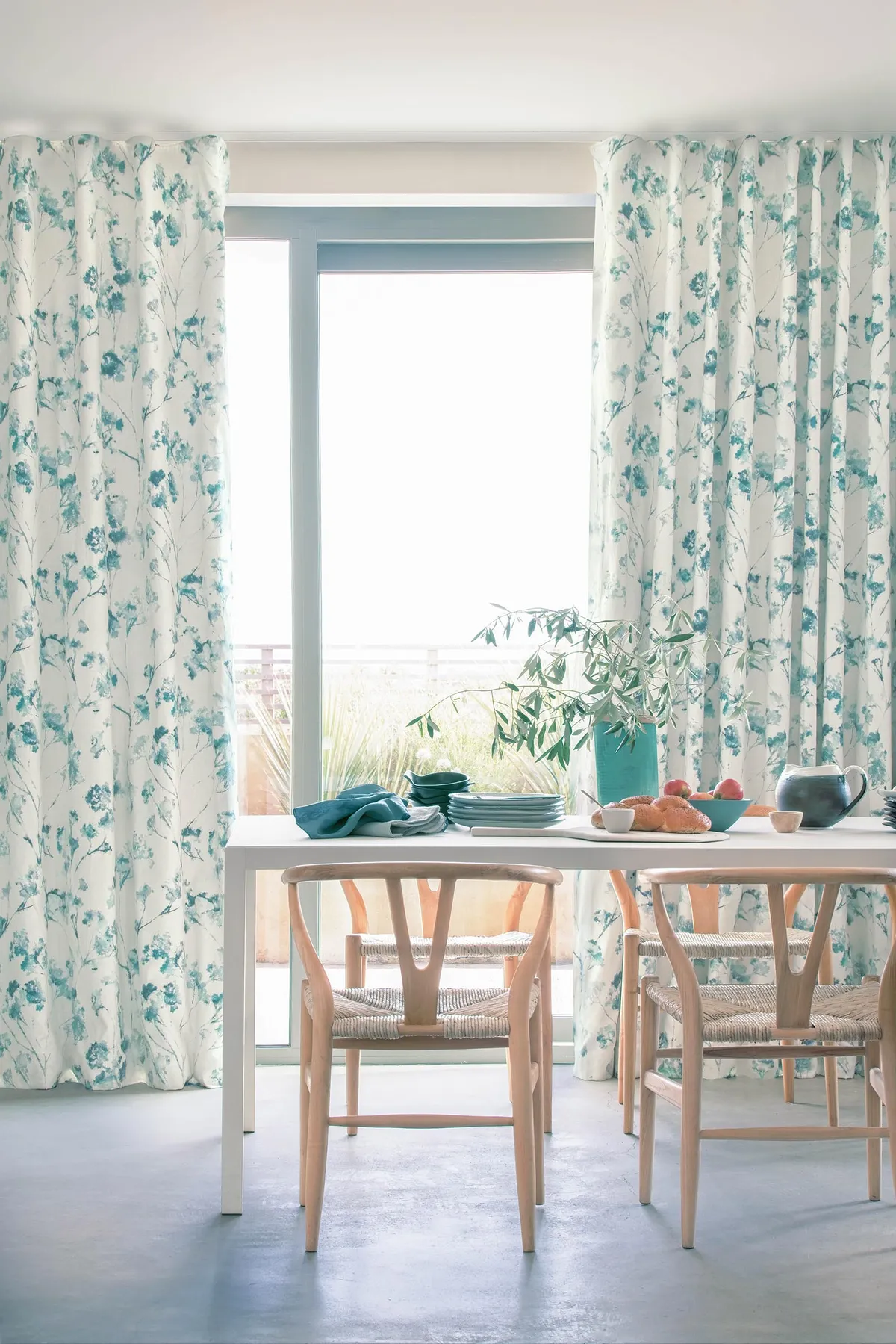
Curtains that hang straight down give your room a crisp but cosy look. To get this neat effect, take your curtain measurement from the curtain rail to ½ an inch above the level of the floor or sill.
Don’t worry if your curtains look slightly short when you first put them up. Leave them to hang for a few days or give them a gentle steam. The creases will drop out and they’ll become their full length.

Breaking curtains touch the floor, giving the effect of ‘breaking’ the straight hanging line that you get with touching, or floor-length curtains. They’re perfect for rooms with larger windows as they help to insulate the room when they are closed, trapping warm air in and preventing draughts coming in from the windows.
To find the right length for these curtains, measure one or two inches longer than the length from the curtain rail to the floor.
Sweeping curtains
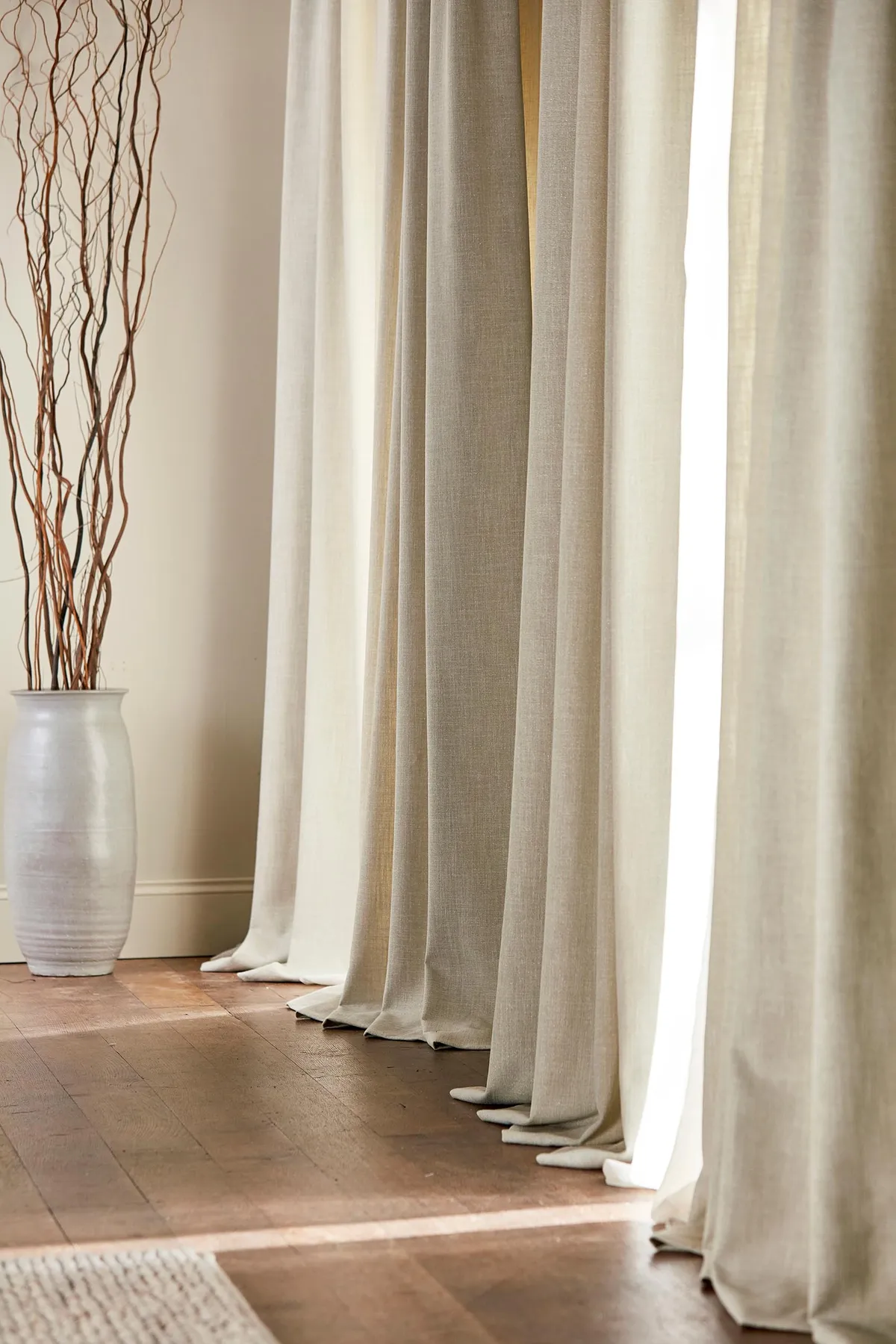
Add a bit of drama to your scheme with sweeping length curtains. These curtains brush the floor and can be puffed out to create fullness at the bottom.
To measure for length, take your measurement from the top of the curtain rail to the floor, and add three to four inches. This length creates the same insulating benefits as breaking-length curtains, but with a more opulent look, so they’re great for older houses.
When these curtains are closed, grab a handful of the fabric, at about the height of your hip. Lift the curtain so that the edge is off the ground, then drop it straight down again. Work along the curtain, repeating the action at every half-metre or so. They’ll hang much straighter and you won’t get a draughty gap at the floor where the curtains meet.
Puddled curtains
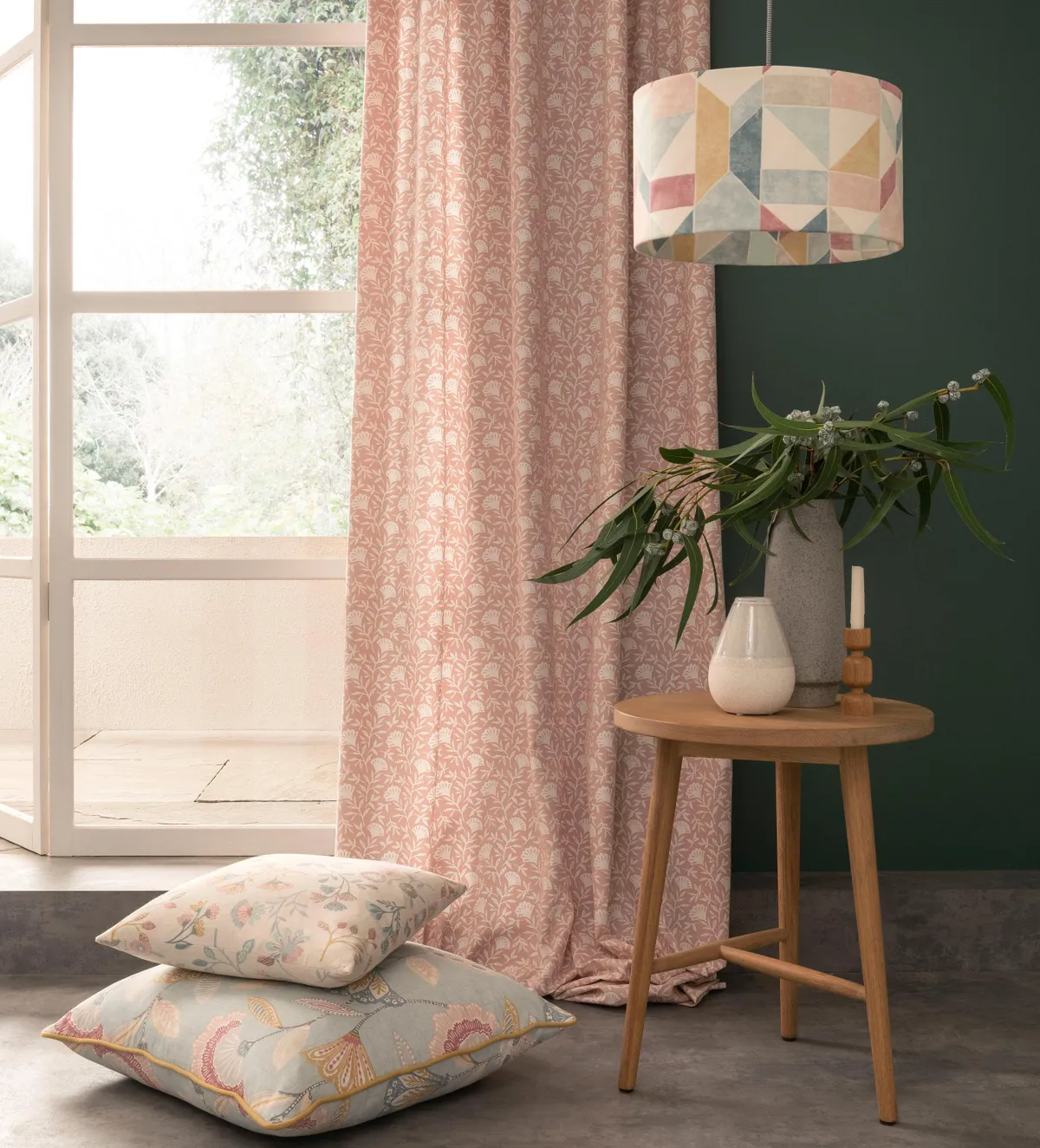
Make a real statement with these extra-long curtains. Puddling-length curtains look amazing made from taffeta and faux silk as the slight sheen on these fabrics emphasises the dramatic folds. Use matching tiebacks to help create elegant swags, or let the curtains fall straight to the floor for a modern look.
Although these curtains look amazing, they can also be quite high maintenance. If you’re opening and closing them every day the drape will need rearranging to make them look their best – whether they are open or closed.
Use the technique described for neatening up sweeping length curtains to help you to do this. If that all sounds like too much work, the trick is to use a double curtain rail. Hang a second pair of touching-length curtains behind the puddling curtains. These will be more convenient for everyday use, and you won’t need to disturb the folds of your puddling-length curtains for weeks.
Short curtains

For traditional-style short curtains, measure from the curtain rail to up to six inches below the window sill. This will give you enough length to tuck the closed curtains up onto the window sill.
Tucking the curtains up like this prevents draughts and stops heat loss from radiators that are placed under the window. The extra length will also balance out the width of the window, making it appear squarer.
Sheer curtains
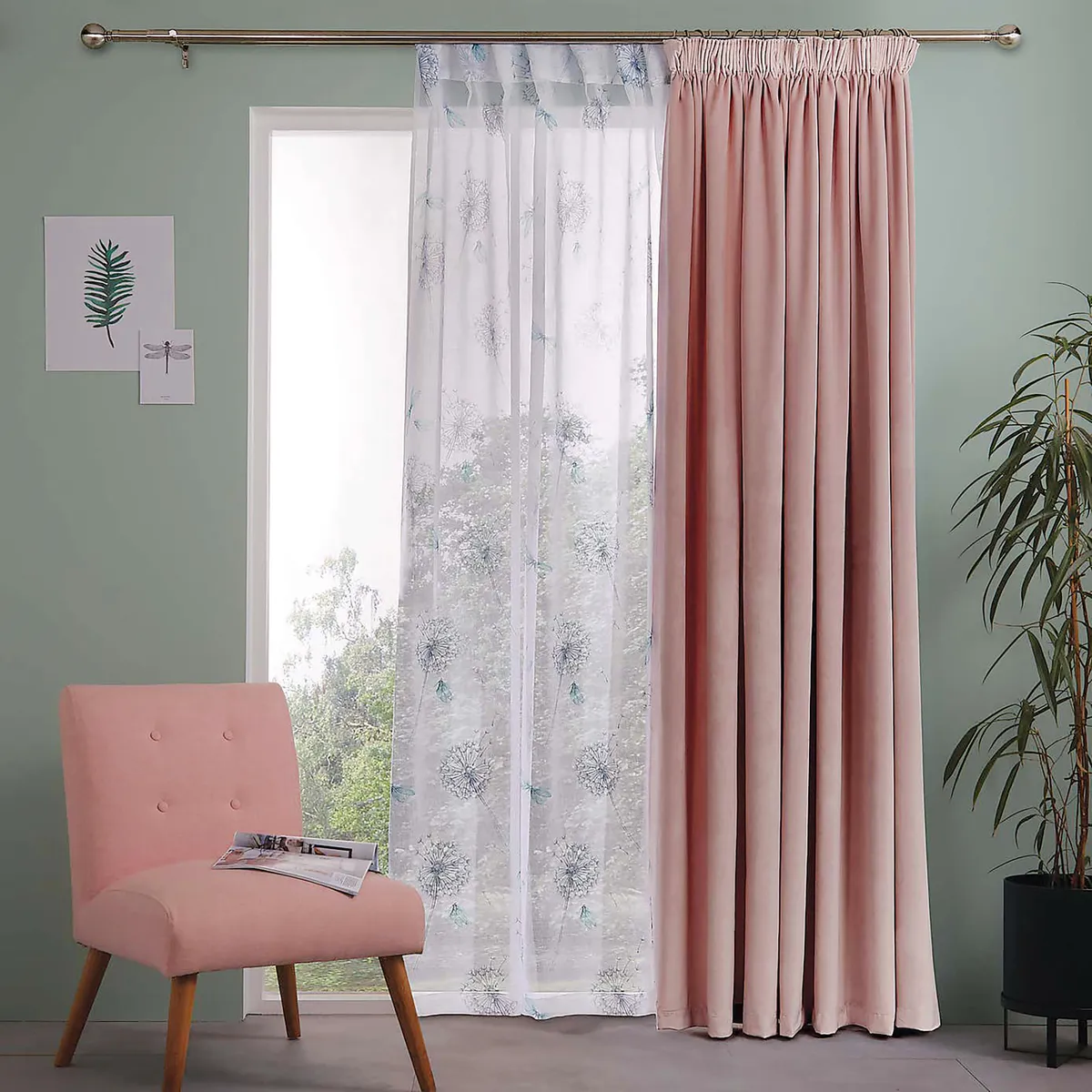
Sheer curtains with decorative designs add a pretty detail that peeks out from behind thicker curtains. During the colder months you can also swap the sheers for thermal linings to keep your room cosy.
A double curtain rod also gives you extra control over your window coverings, allowing you to hang a pair of sheer curtains easily behind your opaque curtains. These sheers can easily be drawn and pushed back as you choose.
How to style curtains
Yvonne Keal, Senior Product Manager at Hillarys, talks us through her top curtain considerations...
Curtains add an air of luxury and create warmth and texture in a room. They’re a flexible option that suit most home styles. With hundreds of fabric choices, you can opt for coordinating products, like cushions and blinds, to pull a room scheme together. Different heading styles create different looks, from contemporary to traditional. Plus, different lining options give even more choice to the finished design.
One of the main factors to consider, and the most enjoyable, is the overall look. You may have a colour scheme in mind, or you might be pulling together a particular style such as sleek and contemporary, mid-century, Scandi, or perhaps eclectic and maximalist.
You can decide to make a statement with your colour and pattern choice by going bold, or opt for a neutral or complementary choice to your furnishings. Hillarys have hundreds of choices and an advisor will bring samples to your home so you can see in situ how the finished curtains or blinds might look in your space.
When making your choice, look at what other colours or patterns you have in the room and consider large pieces of furniture such as a sofa, the colour of the flooring and wall colours, as these are the dominant areas of a room. Then, use your window dressings to bring in complementary colours and patterns.
Blind styles
Roller blinds

Roller blinds are the simplest of all blind types and are often the cheapest. You can choose to install them in the recess of your window, or flush to the wall so that they drop down like a curtain. They’re attached using two brackets so you can easily put them up yourself using a drill, and a bit of patience!
If you like to have lighter curtains on your windows in the summer months, a blackout roller blind will help keep the room dark in the early mornings. They’re a great, fuss-free covering for kitchen and bathroom windows too. Look out for treated fabrics to prevent mould growth in damp conditions.
Roman blinds
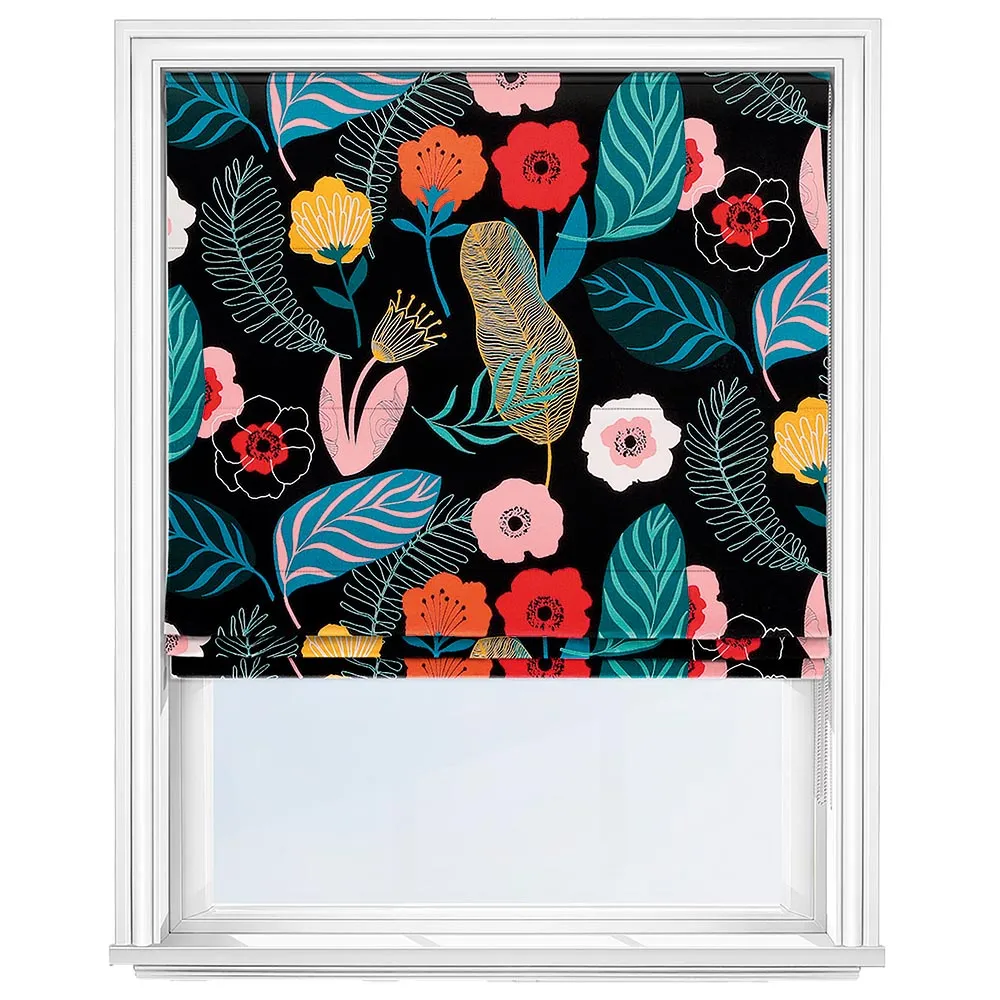
These pleated fabric blinds create a cosier effect than roller blinds. The deep folds of fabric look elegant when the blind is open and cover the window neatly when closed. If you’re a sewing enthusiast, they are a great DIY project for a weekend, so you can create blinds that match your room. Roman blind-making kits cost less than £20.
One of the features of this elegant style is that when the blind is fully open, the stack of folds covers part of the window. It’s worth considering that this can block out some light, which can be a benefit in south-facing rooms but might make darker rooms feel dingy.
Thermal blinds

One of the drawbacks of using blinds instead of curtains, is that they don’t insulate the room as effectively. However, thermal blinds have been designed to give you the best of both worlds.
Known as honeycomb or cellular shades, these blinds are made from fabric that has been bonded together to form honeycomb-shaped cells, which trap air to provide insulation. This creates a barrier between the window and your room, blocking out the cold in the winter, and the high heat of summer.
You can also pick up thermal blinds that look just like ordinary roller and Roman blinds – these have a backing fabric that reflects heat.
Transition blinds
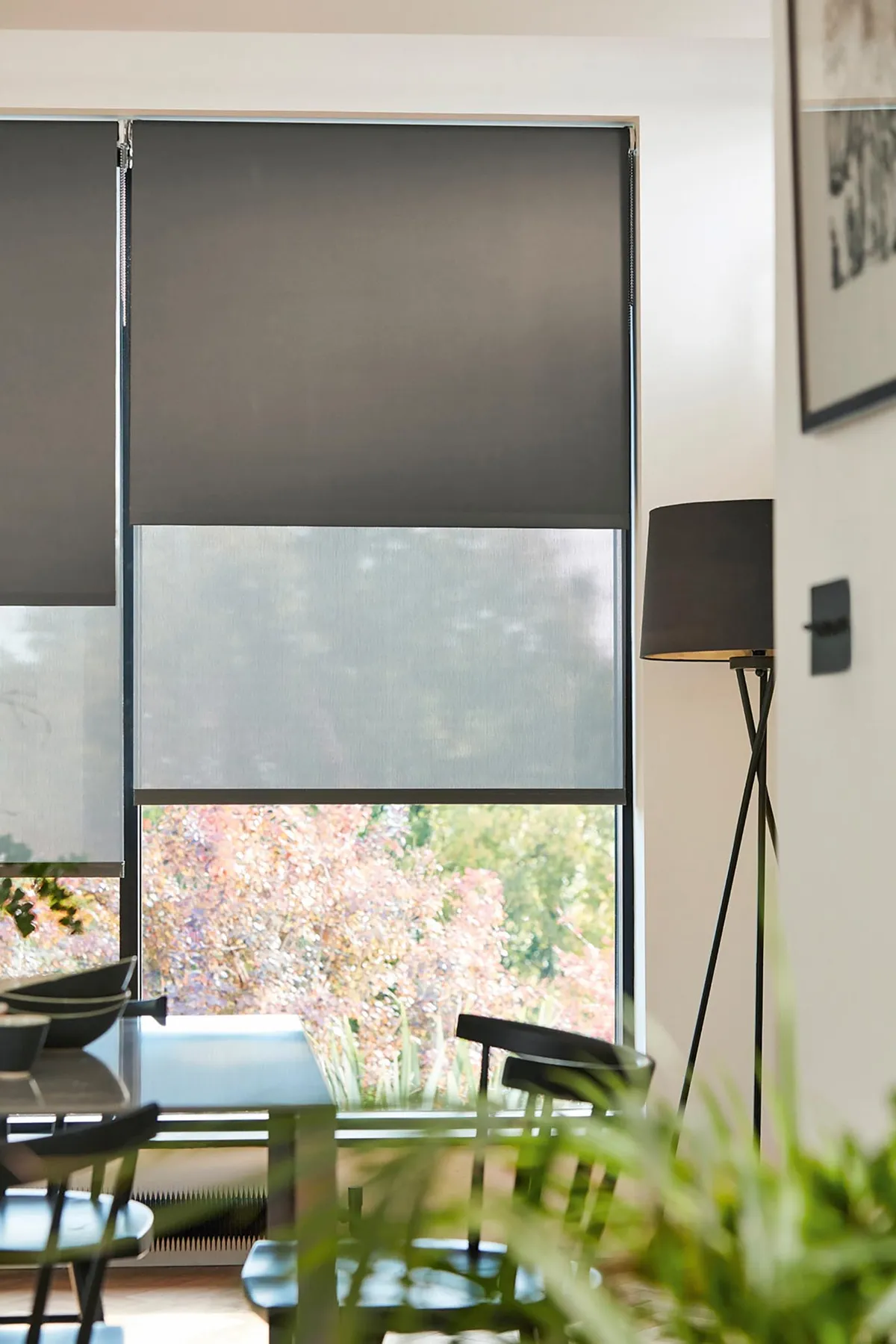
These clever transition blinds are the ultimate flexible option. They give you privacy during the day and block out the light at night. They’re also available as ‘day and night’ blinds.
These look different, but the way they work is the same. They are both made from two layers of fabric that can be made to glide over each other to create different effects, letting more or less light in as you need.
Vertical blinds

Once the preserve of doctor’s surgeries across the land, vertical blinds are experiencing a comeback. These highly flexible blinds are ideal for covering large windows, particularly if they are floor length.
Their simple mechanism also makes them perfect for oddly shaped and slanted windows. You can think of them as another place to play with colour.
Venetian blinds
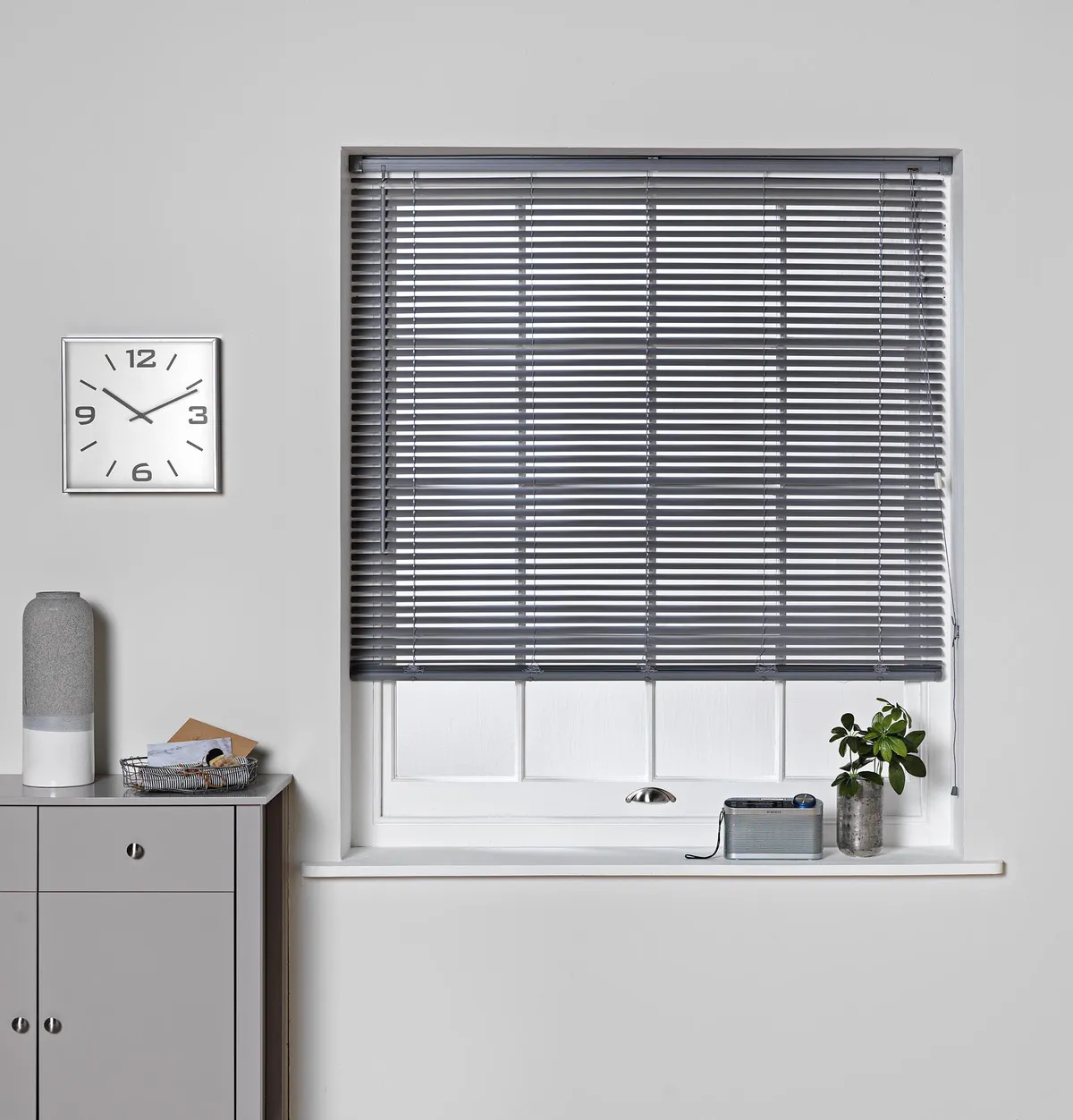
If you love the effect of shutters, but can’t stretch the budget far enough, chic Venetian blinds are the perfect option for you. Modern Venetian blinds are made from thick slats that don’t bend or buckle like the old-fashioned kind.
To replicate the shutter look, choose a blind with broad slats and thick tapes. Narrower slats create a more streamlined appearance. A glossy white finish helps to reflect light into the room when the slats are set at an angle. Choose a darker shade and the blinds will almost disappear when they are open.
How to measure your windows for blinds
Leah Brandwood, Head of Design at Blinds 2go, gives us her top tips for measuring up your windows...
We recommend following the measuring instructions carefully for the specific blind you want to order and the situation you want to fit it into (such as a bay window, patio door or standard rectangular window).
Use a metal measuring tape as fabric tapes can stretch or give inaccurate measurements. You’ll also need to decide which side you want the blind controls on for convenience of use.
When deciding where to place your blind, check whether your window has a recess or not and also what obstructions there are to fitting the blind inside the recess, such as handles, window fittings and the direction the window opens. If there are no obstructions, then it depends on personal preference, but most people prefer to fit their blinds inside the recess and curtains are fitted outside the recess.
To avoid situations such as not taking into account a tiled section of the recess or a skirting board, we recommend measuring top, middle and bottom of the recess and using the smallest measurement both horizontally and vertically when ordering.
Check out our step-by-step guide on how to measure your windows for curtains and blinds here.
Shutters
Shutters are an investment purchase. They can be expensive upfront, but they add value and loads of kerb appeal to your home. Unlike curtains and blinds, all shutters are made bespoke. This means you can get them millimetre perfect to suit your windows and your home.
Experienced installers can find solutions for unusually shaped windows too, so they’re a great option for windows you’re struggling to cover. Some companies offer a DIY shutter service. This allows you to measure the windows and fit the shutters yourself. They’ll make the shutters to your measurements and deliver them to your door – but the rest is up to you. DIY shutters can be up to 40 per cent cheaper but you need to be extra careful to take accurate measurements for a perfect fit.
Full height shutters
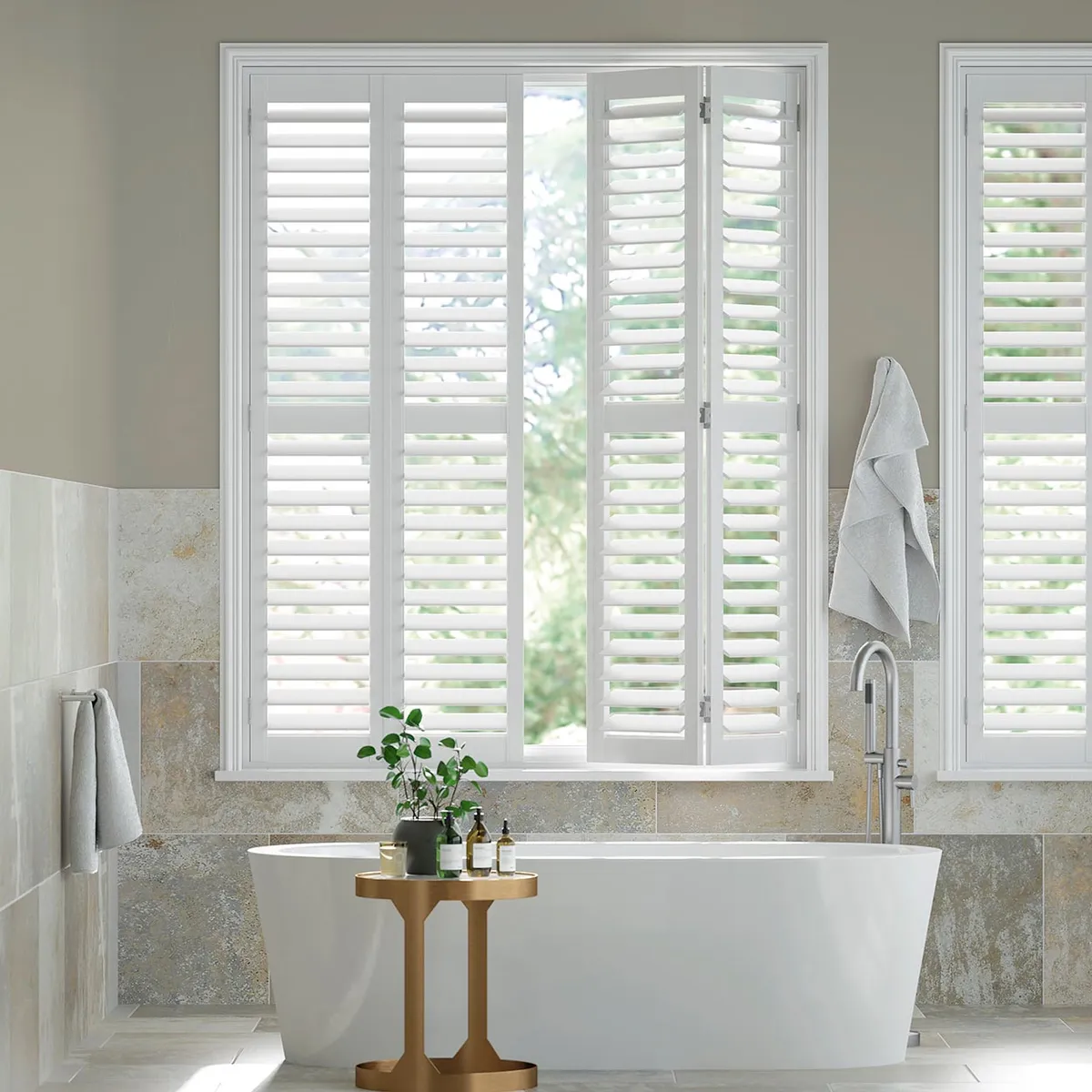
If you want to completely cover your windows, full height shutters are the way to go. These shutters give you full coverage, but
with the flexibility of slats. Open the slats during the day to let in light and close them at night for privacy.
Cafe style shutters

These half-height shutters are called café style. They are brilliant for giving you an extra level of privacy without blocking out light. Use them in ground level rooms that face onto the street.
Tier on tier shutters

Tier on tier shutters give you the best of both worlds. The tiers can be moved independently to create the look you need. You can leave the bottom tier closed and open the top tiers for a café style effect, or close both sets for a full height look.
Closing the top tiers and leaving the bottom open is a great way to stop glare in south-facing rooms.
Solid panel shutters
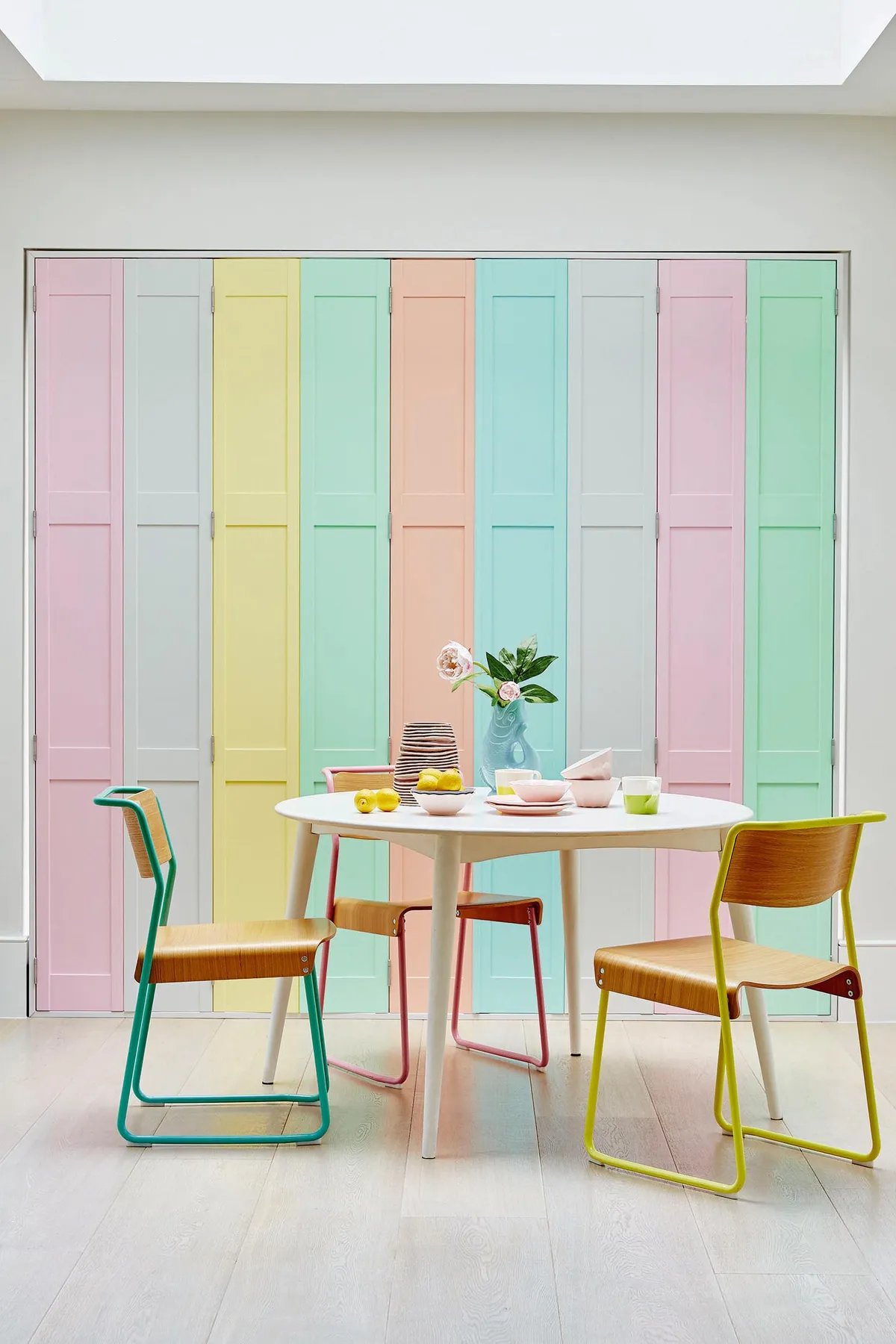
For a full blackout-effect, solid panel shutters are the best option. These shutters don’t have slats, so they block out more light than the other styles. Their long, elegant lines make them perfectly suited to Victorian and Georgian houses, but they give a sense of vintage glamour to modern houses too.
How to choose the right shutters for each room
Mark Lucas, product manager at Hillarys, gives us his top tips....
For kitchens and bathrooms Waterproof shutters are designed especially for rooms with high levels of moisture and humidity. Made from waterproof ABS, they hold their shape and colour in warm, damp conditions.
In the bedroom Solid shutters are ideal for bedrooms, as they’re superb at blocking out external light and noises, making your bedroom totally sleep-friendly.
For the garden Most of our shutters can be fitted at patio or French doors, although we recommend full height shutters. For bi-fold doors, sliding doors and other wide expanses of glass, we recommend tracked shutters. These clever shutters are made up of panels that run along a floor track and concertina shut.
Window film
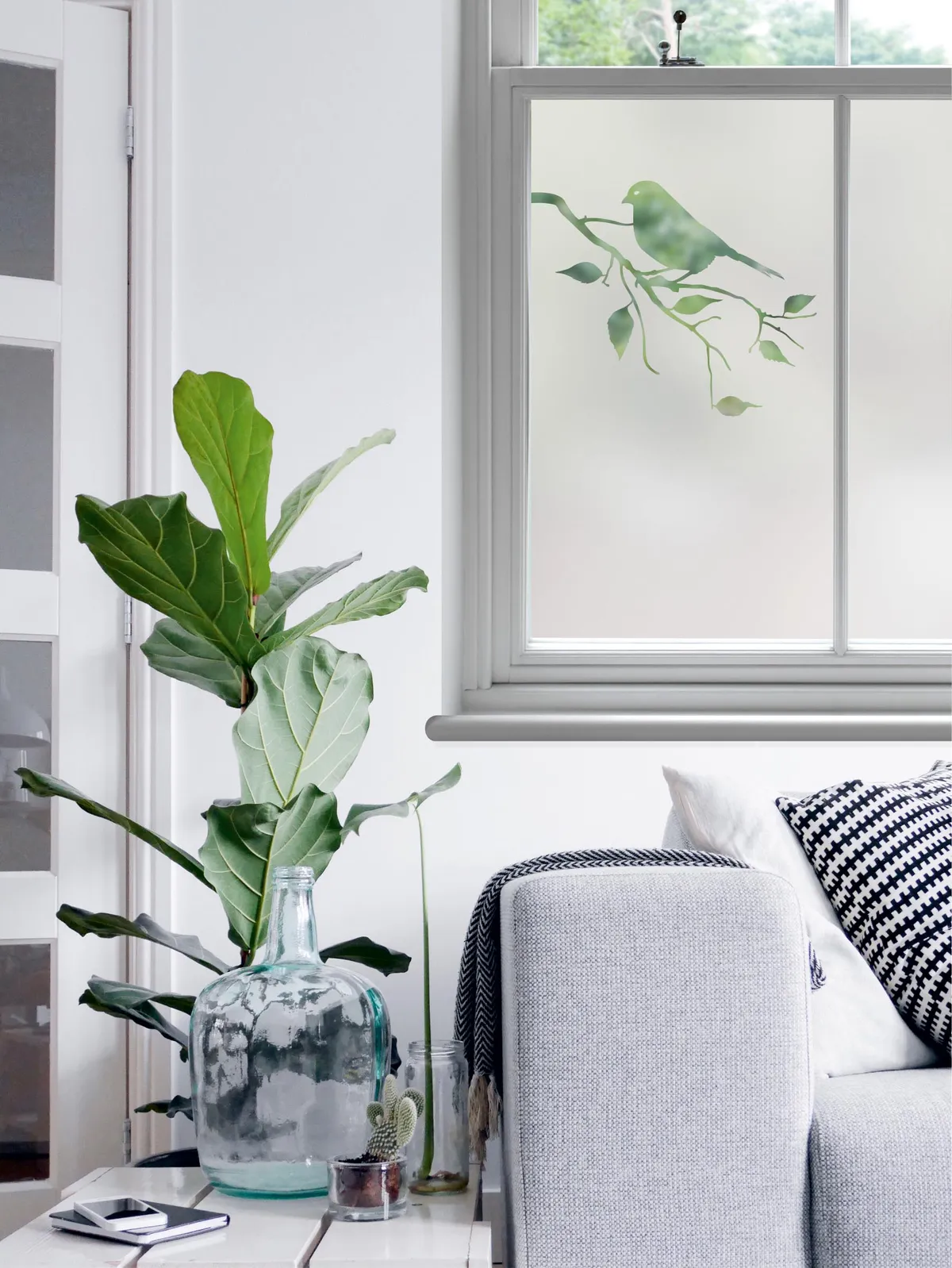
Window films add a layer of privacy to windows, giving you the effect of etched or frosted glass without the expense. Films are ideal for windows that often get covered with condensation. These could be windows in the kitchen or bathroom, or on single-glazed or draughty windows.
The film is in contact with the glass, so can easily be wiped clean. Static window films are great for renters. They cling to the window without the use of adhesives so can easily be removed without leaving sticky marks.
Adhesive films offer a more permanent and hard-wearing solution. If you do decide to remove this type of film, you can do so with a window scraper and plenty of soapy water.
